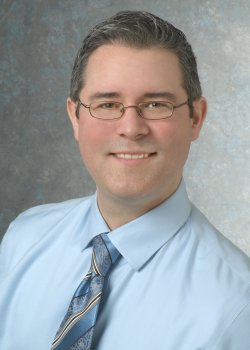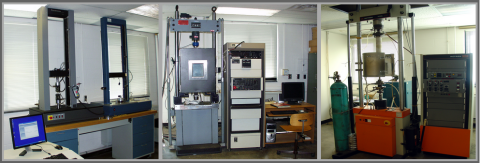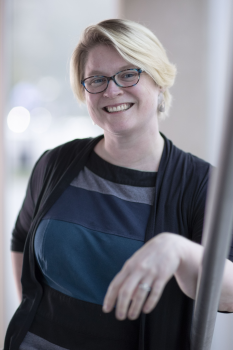Additive and Advanced Materials Manufacturing
Case Western Reserve has a long history of manufacturing-related discoveries, from the automobile and aerospace industries to biomedical devices. We’ve continued that tradition into the 21st century as a leading institution in the federal America Makes network, and even with our open-access, 50,000-square-foot maker’s playground Sears think[box]. From new materials discovery to alloy developments and enhancements to thermal electrics, magnets and nitinol, we’re leading the field of advanced materials. We’re developing the next generation of aluminum lithium alloys for lightweight structures like fan blades in jet engines, and novel ways to produce micro- and nanocomposites for enhanced structural integrity.
We work with local, national and international companies to understand the needs of modern manufacturing and develop solutions for everything from robotics and automation for even the smallest runs to integrating the latest additive manufacturing techniques for large-scale products. From our foundry for metal casting to our development of novel treatments of materials surfaces to enhance their properties, we improve the production of everything from corrosion-resistant implants to tougher yet lightweight aerospace components. Our process modeling capabilities allow us to develop models that comply with the manufacturing equipment’s parameters in order to develop ideal processing techniques. Our deformation-processing equipment is capable of small-scale extrusion and simulated extractions to gain insights on new manufacturing techniques, and our expertise in additive manufacturing can enhance the production of all materials systems, whether they incorporate lightweight metals, ceramics, polymers or composites.
Institutes, centers and labs related to Additive and Advanced Materials Manufacturing
Faculty who conduct research in Additive and Advanced Materials Manufacturing
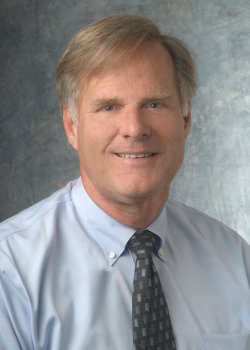
Bud Baeslack III
Jennifer Carter
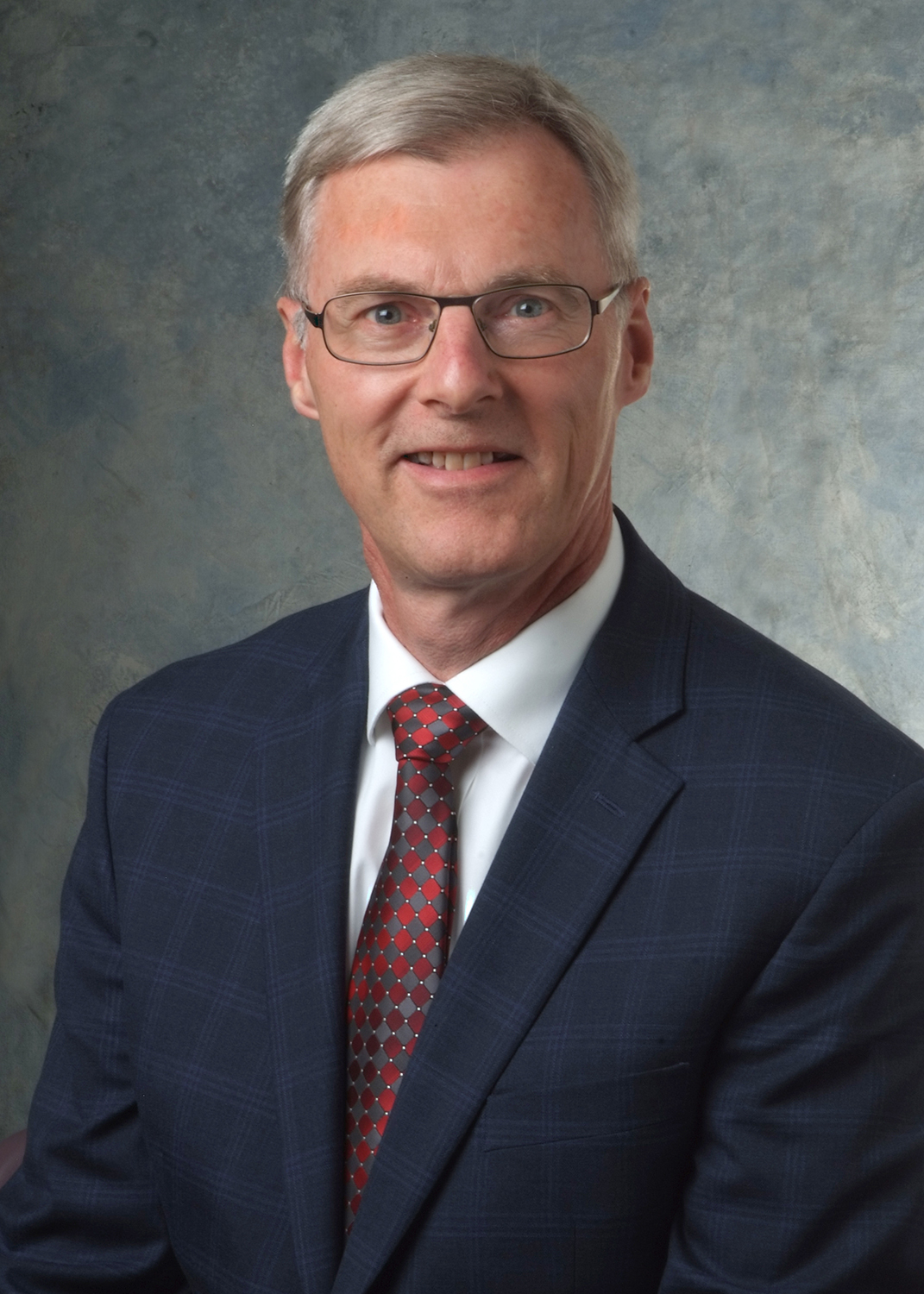
Frank Ernst
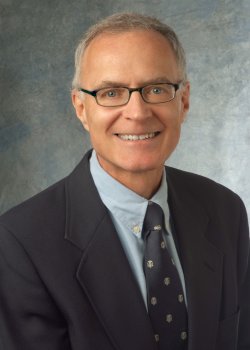
John Lewandowski
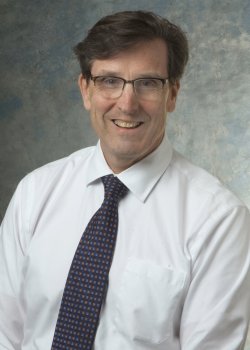
Jim McGuffin-Cawley
